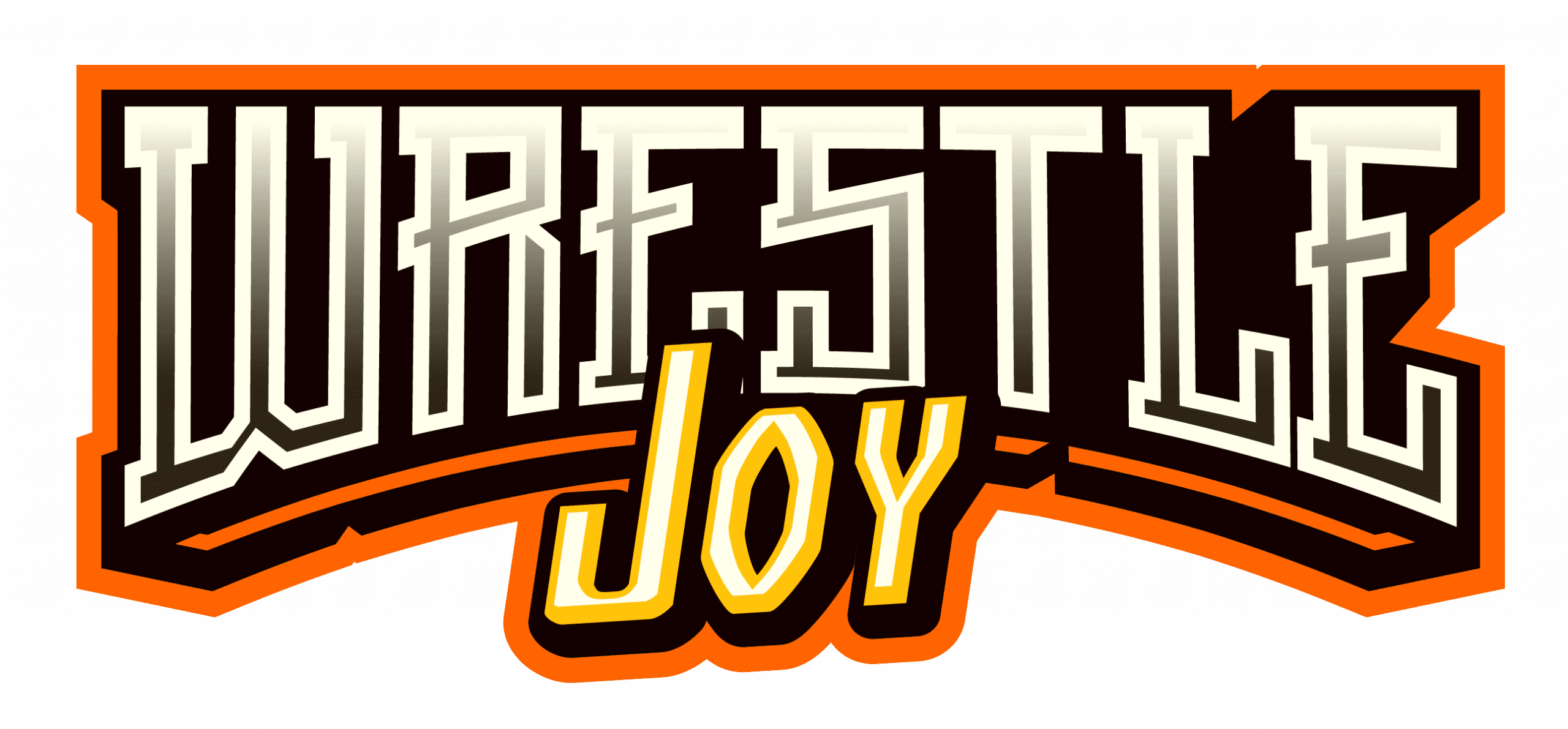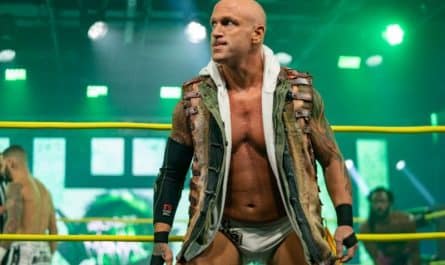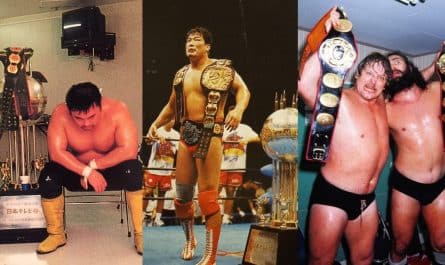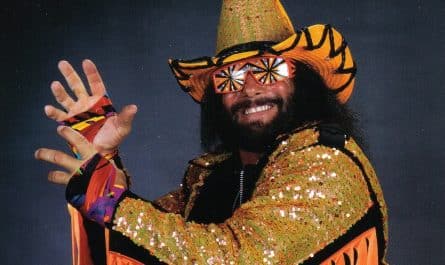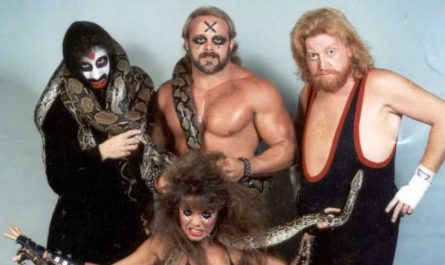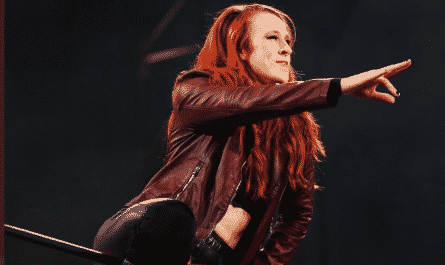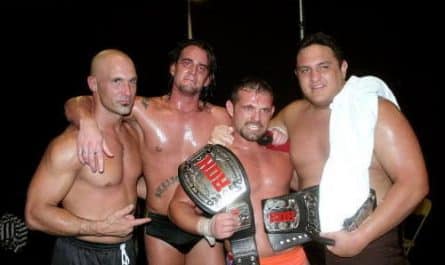I was lucky enough to be a guest on this week’s episode of the Between The Sheets Podcast with David Bixenspan and Kris Zellner. We covered the first week of May 1990. The main topic focused on the search for a new WCW booker. To the surprise of everyone, Ole Anderson was given the position. We bounced around many theories about how Anderson, a polarizing figure in the locker room and in the Turner offices, who seemed to be on his way out of the company, took its most important job. WCW Executive Vice-President Jim Hurd set Anderson up as the fall guy. Going back to looking at Ole Anderson’s output as WCW creative head, it’s hard to dispute the argument.
While Anderson was a hugely successful booker in the old Georgia territory, it had been six years since he’d led a promotion. The angle that defined his tenure atop WCW was a follow-up to the two-year story that led to Sting finally dethroning Ric Flair for the NWA World Heavyweight title. It was supposed to be an intriguing mystery meant to help build the company’s big babyface attraction. However, during the rise of Sting (a storyline that itself was chock full of colossal mistakes), the company failed to build up the Stinger’s first significant challenger.
Instead, WCW struggled to figure out what to do with their top hero after dethroning Flair. It didn’t help that the NWA/WCW audience wasn’t ready to let go of Flair as their top guy. Instead of lining up a series of short-term dragons for Sting to slay while trying to build up a potent threat to challenge Sting for the title at, say Starrcade, WCW went in a different direction. Under Anderson, they created the mysterious Black Scorpion.
The Black Scorpion was an unknown mystic who showed up in the promotion and immediately challenged Sting for the NWA title. The mystery of the Scorpion revolved around his identity. Unlike most masked man gimmicks, the Scorpion is only in the shadows, taunting the champ with clues and riddles to his identity. The challenge was made for the September 1990 Clash of the Champions. Here the Scorpion is just another masked man, and when Sting unmasks him mid-match, the champ is shocked to see the assailant wearing another mask.
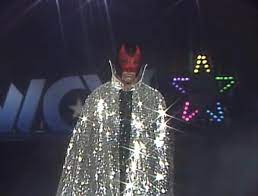
Rather than removing the next mask, Sting (ever playing the dumb babyface) stands in awe as a second Scorpion shows up on the rampway rather than removing the next mask. For the next several months, Sting is tormented by the Scorpion, who performs rudimentary magic tricks while teasing Sting about the mystery of his identity. Eventually, Sting and The Scorpion face each other again in the main event of Starrcade 1990. The Black Scorpion emerges from a UFP (yes) and comes to the ring. From the moment the match starts, it’s plainly apparent who’s under the mask. The angle mercifully ends when Sting finally removes the hood to reveal Ric Flair himself (with the pronounced nose, who else could it have been?).
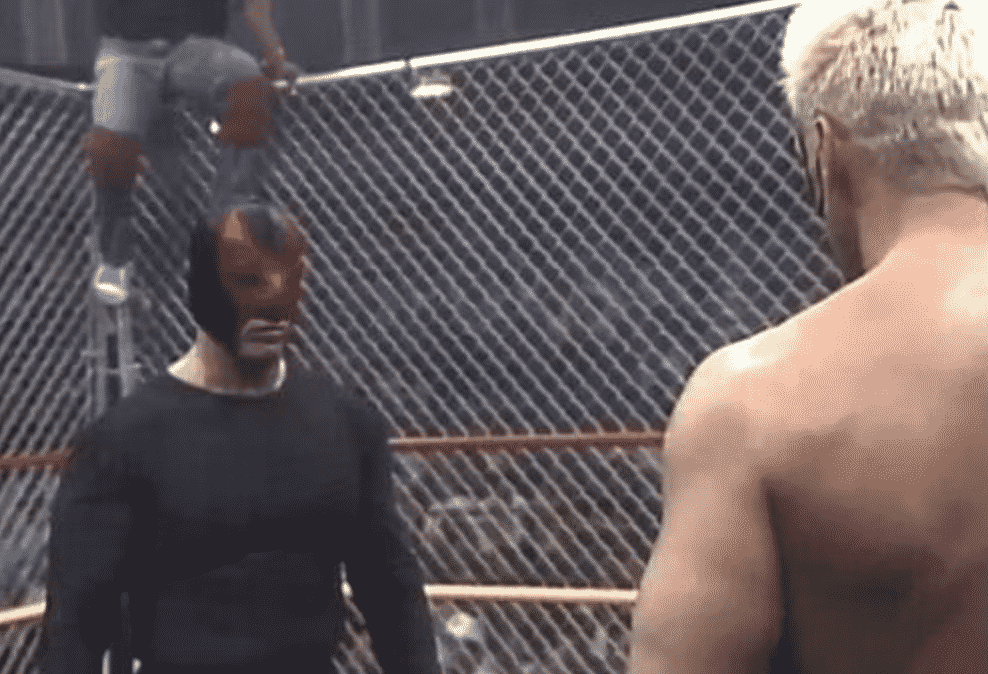
The crowd jeers and mocks the angle. It was a massive failure. A big part of the problem is that there was no planned end game when the Scorpion was conceived. Anderson gave the idea to Herd, who greenlit the angle. Neither man had the slightest clue who would be the mystery man. This is a huge issue when crafting a mystery. All mystery stories revolve around a big payoff. Hints need to be set by the authors to give the audience a chance to follow along and make guesses. Part of the fun of a mystery story is trying to solve it; when the answer to the riddle can’t possibly be solved, and the mystery man is revealed to be someone either illogical or disappointing, the audience is let down. The issue with the Scorpion angle is that it dragged on for months, and neither Anderson nor Herd had an answer. Flair was made the Scorpion because, at that point, they couldn’t think of anyone else, and the crowd wanted Flair back in the title picture.
But things didn’t have to be this way. The riddle of the Black Scorpion could have worked if Anderson had thought of a proper payoff. A major issue is the identity of the Scorpion is someone whom it possibly couldn’t have been. But that isn’t necessarily a problem. Any good mystery will offer a suspect who seems just too perfect to be behind everything. A red herring. Anderson never gets beyond the fake-out. He never provides us with any other clues about who else the Scorpion could be.
Or does he?
Let’s take out the flat conclusion. In a perfect “Who could have been the Black Scorpion?” scenario, there’s only a handful of choices, each better than what we got.
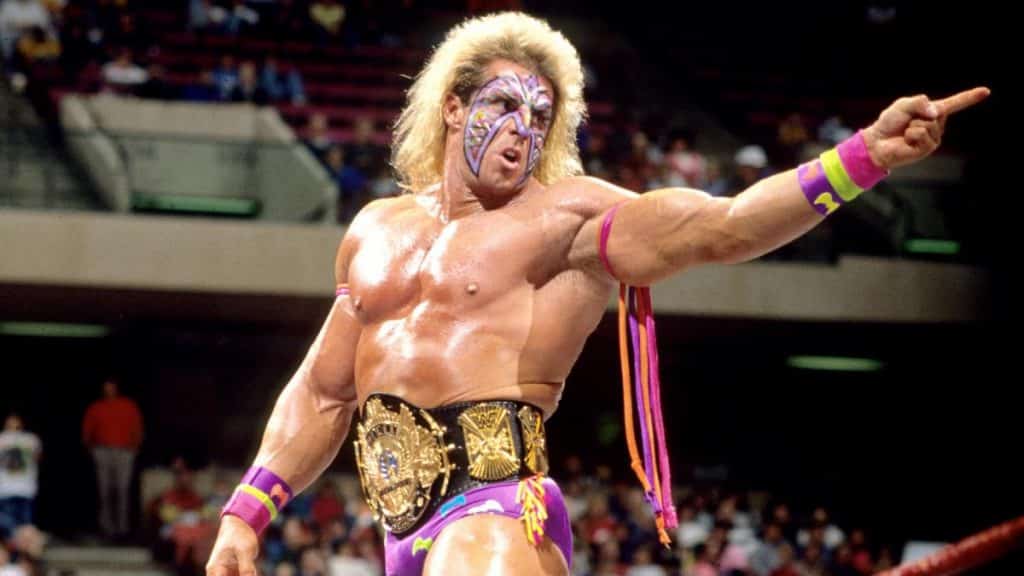
THE RED HERRING: The Ultimate Warrior
In all of the Scorpion’s interviews, he talks of knowing Sting for many years but looking different. He mentions training in Southern California in 1986. In real-life, Sting was a bodybuilder recruited by Rick Bassman to create Power Team USA, a team of four jacked to the gills bodybuilders clad in the stars and stripes. Essentially, why have one Hulk Hogan when you can have four?
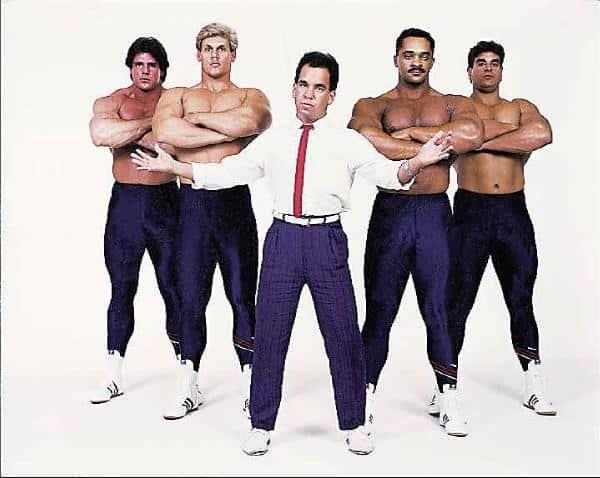
This picture was taken, but two of the four guys in the photo never made it to an actual wrestling company. The other two did. Steve Borden (Sting’s real name) and Jim Hellwig. Hellwig and Borden go to Memphis together for a brief run. However, the Scorpion later mentions “Tulsa” to interviewer Gordon Solie. Tulsa is, of course, a reference to Bill Watts’ Mid-South/UWF, which was based in Tulsa. Borden and Hellwig become Sting and Rock, the Blade Runners, a Road Warriors-style team. It doesn’t last long, and Hellwig leaves. But in 1990, he looks much different than he did four years earlier.
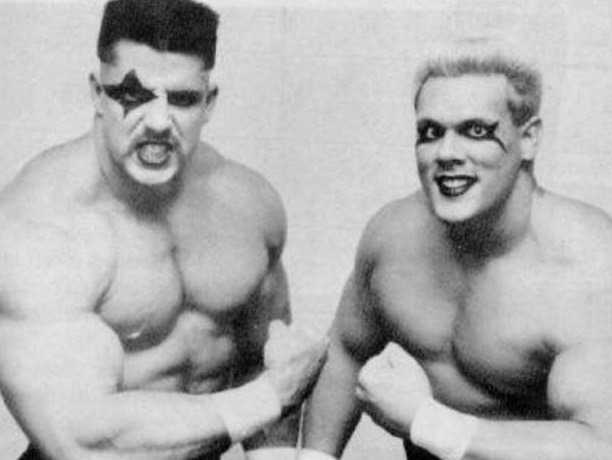
These references are clearly meant to be Warrior, but all of them fly over the heads of only most hardcore fans. Of course, there is no chance Warrior could have been the Scorpion because, at the time, he was the WWF Champion. Again, the subterfuge could have worked with a better payoff.
So who else could have been the Scorpion?
Next time we’ll examine three candidates who would have been more logical choices to serve as the Black Scorpion.
